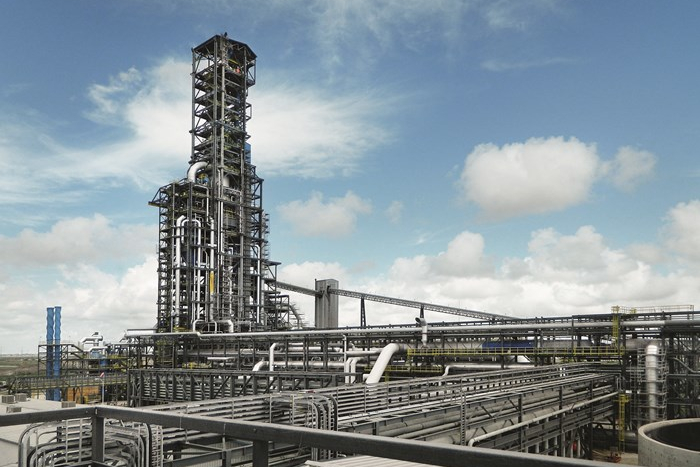ArcelorMittal announced it has signed an agreement to acquire an 80% shareholding in voestalpine’s world-class Hot Briquetted Iron (‘HBI’) plant located in Corpus Christi, Texas. voestalpine will retain the remaining 20%. The transaction values the Corpus Christi operations at $1 billion and closing is subject to customary regulatory approvals.
The state-of-the-art plant, which was opened in October 2016, is one of the largest of its kind in the world. It has an annual capacity of two million tonnes of HBI, a high-quality feedstock made through the direct reduction of iron ore which is used to produce high-quality steel grades in an electric arc furnace (‘EAF’), but which can also be used in blast furnaces, resulting in lower coke consumption. HBI is a premium, compacted form of Direct Reduced Iron (‘DRI’) developed to overcome issues associated with shipping and handling DRI.
In parallel with the transaction, ArcelorMittal has signed a long-term offtake agreement with voestalpine to supply an annual volume of HBI commensurate to voestalpine’s equity stake to its steel mills in Donawitz and Linz, Austria. The remaining balance of production will be delivered to third parties under existing supply contracts, and to ArcelorMittal facilities, including to AM/NS Calvert in Alabama, upon the commissioning of its 1.5 million tonne EAF, expected in the second half of 2023.
The Corpus Christi facility, which covers an area of two square kilometers and employs over 270 people, is located in an optimal coastal position with direct access to a broad and deep shipping channel which enables cost effective transportation to the Americas and Europe. It incorporates best-in-class technology and equipment supplied by MIDREX Technologies Inc., a leading supplier of DRI solutions. It currently uses natural gas to directly reduce iron ore pellets into HBI with an Fe content which exceeds 91%. However, the plant does have the potential to transition to 100% hydrogen, with the Texas coast presenting advantageous weather conditions to produce renewable energy powered green hydrogen. The use of natural gas rather than coal as the current energy input and reductant means that DRI-EAF steelmaking carries a significantly lower carbon footprint than blast furnace-basic oxygen furnace steelmaking. DRI/HBI is therefore expected to play a prominent role in the decarbonization of the steel industry, a process ArcelorMittal intends to lead.
Over the past year, the Company has accelerated its Innovative-DRI strategy, announcing projects to construct additional DRI and EAF capacity at its operations in Belgium, Canada, France and Spain. The combined investment for the four projects totals US$5.6 billion, with anticipated carbon emissions reduction totaling 19.5 million tonnes, which is equivalent to the greenhouse gas emissions from 4,240,858 cars being driven for a year. These projects sit at the heart of the company’s target to reduce its CO2e emissions intensity by 25% by 2030 group-wide, and in Europe by 35% by 2030.
Courtesy of ArcelorMittal.

